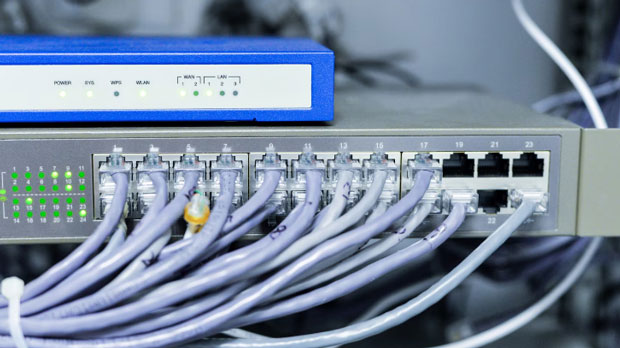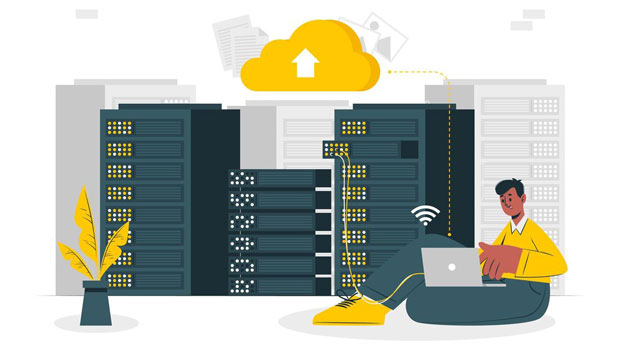When it comes to optimizing internet activities such as web scraping, managing multiple social media accounts, or running ad campaigns, using a residential dedicated IP with PYPROXY brings several notable benefits. A residential dedicated IP ensures that you operate with an IP address tied to a real residential location, offering higher trust and reduced risk of blocking compared to data center IPs. This method allows users to bypass geographical restrictions, access region-specific content, and engage in online activities with more security and anonymity. Let’s delve deeper into the advantages and why opting for a residential dedicated IP could be a game-changer. 1. Enhanced Privacy and AnonymityThe most immediate and significant advantage of using a residential dedicated IP with PyProxy is the heightened privacy and anonymity it provides. Unlike data center IPs, which are easily identified as coming from proxy services, residential IPs are linked to actual residential addresses. This makes it difficult for websites and services to identify and block traffic originating from these IPs. Users can engage in sensitive activities such as data scraping, accessing geo-restricted content, or managing social media accounts without revealing their true identity or location.Since residential IPs come from real users' networks, they are harder to trace back to proxy services or VPNs, making it a more reliable and secure option for individuals and businesses looking to maintain privacy online. This feature is particularly beneficial for users who want to avoid surveillance or simply want to keep their online footprint minimal.2. Reduced Risk of IP BlockingOne of the most common challenges when using traditional data center IPs is the risk of getting blocked by websites. Many websites, especially those that protect sensitive content or engage in fraud prevention measures, use anti-bot systems to detect and block IP addresses that show suspicious activity. Data center IPs, due to their bulk usage, are often flagged by these systems, making them easy targets for blocking.In contrast, a residential dedicated IP is less likely to be flagged. Since these IPs come from real residential areas and are not associated with proxy servers, websites trust them more and are less inclined to block or flag them. This significantly reduces the chances of getting blocked, ensuring smoother and more continuous access to the resources you need. Whether for marketing campaigns, web scraping, or account management, residential dedicated IPs are the way to go for uninterrupted service.3. Improved Geo-Spoofing CapabilitiesGeo-restrictions are a major issue when accessing region-specific content online. Many websites, streaming platforms, and services limit access based on your geographic location. With a residential dedicated IP, PyProxy users can bypass these geographical restrictions effectively. The IP address is tied to a specific region or country, and websites see it as if a real person from that region is accessing the content.For businesses, this means being able to perform localized market research or access region-specific advertising opportunities without any hindrance. For individuals, it offers the freedom to access content from other countries, such as foreign movies, shows, or websites that may otherwise be unavailable in their location. The ability to spoof your location with a residential IP ensures that you can always access the content or data you need, regardless of geographic boundaries.4. Better Performance in Web ScrapingWeb scraping is a common use case for proxies, but it comes with the challenge of being blocked or slowed down by websites that detect unusual traffic patterns. When scraping data from websites for research, competitive analysis, or price monitoring, using a residential dedicated IP helps ensure that your scraping activities are not detected.Since a residential IP mimics regular user traffic from a specific geographic location, the chances of being flagged as a bot are greatly minimized. This ensures that your web scraping operations are more effective, faster, and less likely to be interrupted. In addition, because the IP is tied to a real residential address, it helps bypass IP-based rate-limiting or CAPTCHAs that might block data center IPs.5. Support for Account Management TasksFor businesses or individuals managing multiple accounts on social media platforms, the use of a residential dedicated IP offers a distinct advantage. Platforms like Facebook, Instagram, and Twitter monitor login behaviors and frequently block or limit accounts that seem to engage in unusual or automated actions.A residential dedicated IP ensures that your logins appear as if they are coming from real users' devices, reducing the risk of account flags or suspensions. This is especially crucial when running social media management tasks like posting, liking, following, or sending direct messages across multiple accounts. A residential IP makes your activity look more natural and organic, preventing the accounts from being associated with suspicious activity.6. Long-Term Reliability and SustainabilityWhile data center proxies are often more affordable, they come with the risk of being blocked quickly, which can disrupt your activities. Residential IPs, on the other hand, tend to have a longer lifespan because they come from real users and are much less likely to be banned or flagged by websites.The long-term sustainability of using residential dedicated IPs with PyProxy means that businesses and individuals can continue their operations with fewer interruptions. For companies relying on large-scale web scraping or social media management, the ability to maintain consistent access over time is invaluable.7. Better for Ad Verification and TestingAd verification is another area where residential dedicated IPs offer a significant advantage. Marketers often need to verify that their ads are showing to the right audience and being displayed properly across different regions. Using a residential IP allows marketers to view their ads as they would appear to actual users in specific locations, ensuring that the ads are displayed correctly and reach the intended target audience.Residential IPs provide marketers with a more accurate view of their ads’ performance across different regions, which is crucial for optimizing ad strategies. Whether testing new ad creatives or verifying ad placements, residential IPs ensure that marketers get the most reliable and representative data possible.Using a residential dedicated IP with PyProxy provides several advantages, including enhanced privacy, reduced risk of IP blocking, improved geo-spoofing capabilities, and better performance in web scraping and social media account management. It is a more reliable and sustainable option for individuals and businesses that need consistent, uninterrupted access to online resources. By leveraging the unique benefits of residential IPs, users can enjoy greater security, efficiency, and flexibility in their online activities, all while avoiding the common pitfalls associated with traditional data center proxies.Whether you're looking to perform web scraping, manage multiple accounts, or bypass geo-restrictions, a residential dedicated IP is a smart and effective solution for optimizing your online experience.
Sep 22, 2025



































































